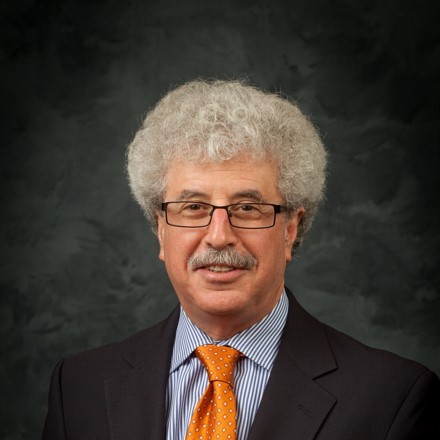We know mass transit can link a neighborhood to the world: it’s an affordable conduit between home, school, work, shopping and cultural life. But making transit-oriented development equitable demands focus, money and determination on the part of communities and their leaders, writes LISC’s Richard Manson in a blog for the U.S. Department of Transportation.
Originally published as:
"Transit fuels transformation in struggling neighborhoods"
Fast Lane, the official blog of the U.S. Department of Transportation
When I talk to people about the inherent opportunities in mass transit, there are really only two things I want them to remember.
First, in low-income communities, public transportation can be an economic engine with lasting implications for housing, jobs, schools, safety, and health. And second, those gains aren’t happenstance. Local officials and neighborhood nonprofits need to aggressively go after transit-oriented (TOD) investment dollars if they want to leverage bus and rail lines to transform struggling areas.
To date, the Local Initiatives Support Corporation (LISC) has invested more than $400 million in TOD projects. We’ve learned that the difference between success and failure, often, is an intentional effort to bring TOD dollars to places starving for new capital. It takes strong collaborations among city leaders, community groups, and residents to make that happen. And, when it does, the impact is significant.
Phoenix might be the clearest example. It’s a city where LISC has worked for 25 years, taking a comprehensive approach to community development that looks at the overall quality of life in struggling areas. Transit considerations have long been part of that.

But, in the last few years, transit has become the centerpiece rather than a spoke of our community development work in the Valley of the Sun. And, that has made a world of difference, especially given the extent to which the recession decimated the region.
Today, Phoenix, Mesa, and Tempe are benefitting from more than $8 billion in public and private TOD investments for residential and business development —much of it in places that might not typically attract interest from developers. That includes hundreds of new, affordable apartments near the light rail in downtown Phoenix —ensuring that people on limited incomes can still live close to good transit. And it encompasses a range of services, like a new Financial Opportunity Center in Mesa just steps from a rail stop that opened last fall. The Center is part of a LISC network that helps low-income families find good jobs and grow their incomes. It opened in a TOD project that includes new affordable housing, a Head Start program, and health care.
Richmond, Va., is facing different challenges from Phoenix. But, a well-organized community effort and a new stop on a regional bus line are together having a similar effect in the Greater Fulton neighborhood, on the city’s east end. Community leaders have attracted new businesses to a key commercial corridor. And a high-profile brewery has set down roots, building a new facility that will provide 300 jobs once fully operational. None of this would have happened if the community had not come together and lobbied on behalf of economic development in Greater Fulton. And, the ease of transportation for workers and customers was a key part of that effort.
This shouldn’t be surprising. It makes sense that transit is a catalyst for growth. People want to live near good public transportation because it connects them with jobs, schools, businesses, and services well beyond the boundaries of their neighborhood. That’s particularly important for low-income people reaching for new opportunities.
But it’s easy to overlook the additional benefits within a community when transit is part of a comprehensive strategy for change. Better housing is built. Businesses set up shop. Streets become safer. Each gain builds on the others, and people have a real chance to live better.
Transit investments lay the groundwork. The rest is up to us.
 ABOUT THE AUTHOR
ABOUT THE AUTHOR
Richard Manson, Program Vice President, LISC
Richard has been at LISC for more than three decades, currently serving as Program Vice President supervising local offices in the Northeast. He also oversees local and national efforts to incorporate transit oriented development into LISC’s comprehensive community development work.